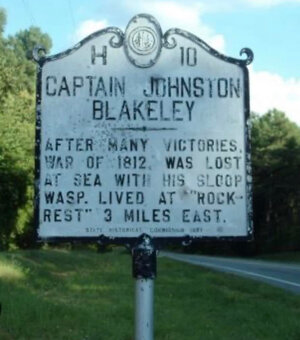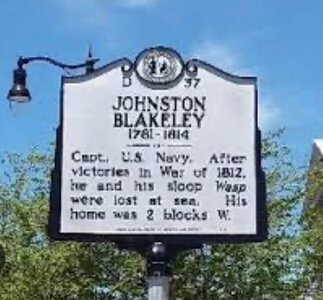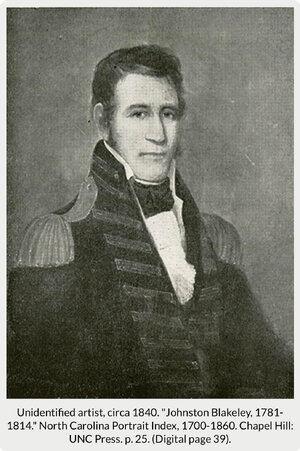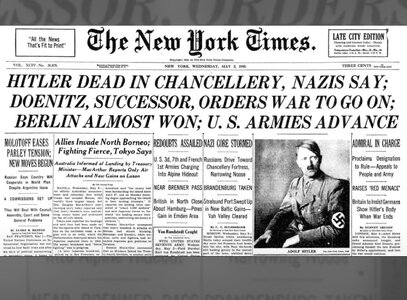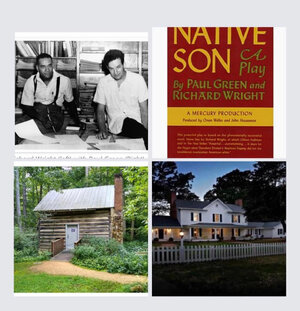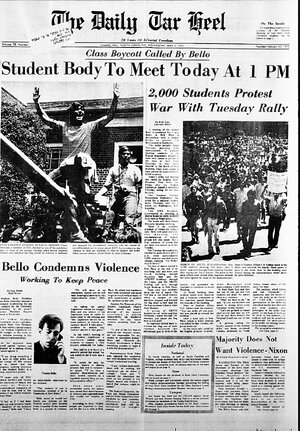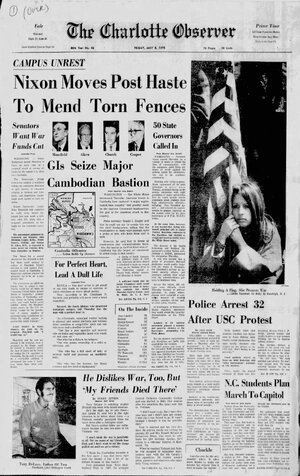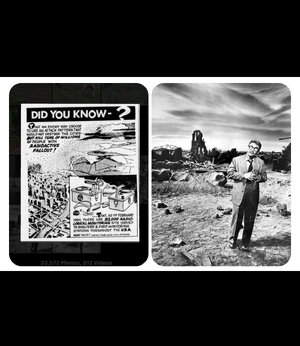
The phrase Mutually Assured Destruction was coined in 1962 though I don’t recall hearing it until quite a few years later. That doesn’t mean that the concept wasn’t well lodged in my young brain from early youth. An episode of “The Twilight Zone” sticks in my memory though I couldn’t have seen it at first airing in 1959 — “Time Enough At Last” —showed bookworm Henry Bemis, played by Burgess Meredith (who I’d come to know soon enough as ‘The Penguin’ to the much more hopeful TV Batman that I so loved), in a post-apocalyptic world where he was finally left alone to read to his heart’s content (no spoiler).
I don’t remember any “Duck and Cover” drills at #Bonlee Elementary School either but I was very aware in my imagination that nuclear targets lay most immediately to my east — I knew my cardinal directions very early — the beach was east and the mountains were west — Raleigh and Fort Bragg being most prominent. Later I would identify the Research Triangle Park, also east, as a major attraction for Soviet bombs and missiles.
Maybe I was a particularly unrealistic kid - but I thought about MAD and even imagined thwarting the whole thing and surviving an atomic showdown. Maybe that’s what everybody imagined? In fact around this time I put together a ‘Fall-Out’ Shelter in the basement of the house in #Bonlee. I got the idea from a 4-H show on WUNC-TV (Channel 4 we called it). It never dawned on me that a shelter was a patently foolish enterprise - unless, and then in only a mildly sensible way - you were going to be The Attacker and would take to the bunkers before you launched. Yep, all those
Just another piece of the Shadow of Mutually Assured Destruction that Cold War kids lived beneath I guess. We, at least were lucky to be in the country and not a Russian Target — we thought.
Now in an urban setting like New York City ponder for a moment the thinking, if you can call it that, that windowless, damp tenement basements might be represented as places of refuge or that being locked in such a space with your neighbors, the surviving ones, after all around you lay in electricity-less, poisoned rubble. Lordy.
I reckon it made me feel better about my chances in a post apocalypse world that one corner of our reasonably dry basement in Bonlee spirted a two-week supply of canned peaches, Nabs, and unspoilable Vienna Sausages. After all, my part of the world in those days had to be pretty low priority in Russian estimates, right…though as the cartoon feature below suggests, rural America was hardly safe from dastardly Commie designs.
Cold War History: “Did You Know?” Syndicated Feature published #OTD (April 30) 1964.
Also read, “Fallout Shelters: Why Some New Yorkers Never Planned To Evacuate After A Nuclear Disaster,”
Fallout Shelters: Why some New Yorkers never planned to evacuate after a nuclear disaster | 6sqft





